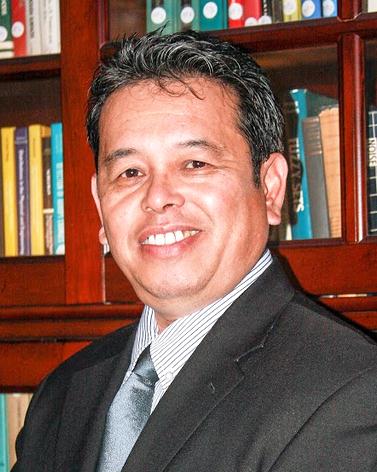Question: Who is and is not allowed to be on a team and what are the minimum requirements to form a team?
Answer: The minimum requirement for any team is at least 2 members of the Clark School (undergraduate/graduate students/staff/faculty). That is to say that at the least 2 members are registered or have active Clark School appointments for Fall 2018. There are no other restrictions on the number of team members. But importantly, every team should have a faculty or staff advisor who can ensure the safety of the team and can sign the procurement requests.
Question: The criteria for the bike says "can be rider assisted"; however, when laying out the course for the bike, it says "no pedal assist" for some sections. Does this mean the bike can be fully electric powered? For the sections that say "no pedal assist" is the only force propelling the bike coming from the rider?
Answer: The competition essentially involves two parts: Part 1 require only motor power, no pedaling is allowed. Your bike should be able to travel 50 miles using only batteries, and it will be tested on (aka bike trainer) which will be set for a rider weight of 75 kg at a speed of 20MPH on a flat track for 25 miles, and a simulated track for the campus route for the next 25 miles. Part 2 will allow riders to power the bike and there is no restriction on the combination of power that comes from the rider or the motor.
Question: What is the maximum weight of the bike?
Answer: The bike with all the power sources and accessories should be less than 30kg.
Question: What is the minimum payload?
Answer: The minimum weight of the total payload (rider+ misc. gear) is 75kg. If needed, weights will be added to the rider to raise the total payload to 75 kg.
Question: How much funding will eligible teams receive?
Answer: The minimum funding for eligible teams is $2000 which will be used to purchase the parts needed to build the bike. Teams will submit purchase requests to the department, which in turn order the materials and deliver to the teams.
Question: I noticed that $2000 will be provided for each team. But I wonder if there is a budget cap for the e bike?
Answer: The $2000 subsidy is competitive and will depend upon the preliminary proposal for the design. The teams can raise other funds and there is no limit on how much any team spends.
Question: How does the school expect riders to ride a whopping 125 miles in 1 sitting at a 20mph average speed?
Answer: There are two parts to the competition. The first 50 miles only require motor power and will be tested under controlled conditions with a dynamometer. The other 75 miles need riders. Multiple riders are eligible (subject to minimum weight verifications).
Question: What are the conditions under which the bikes will be tested (all flat ground? Around a track? Stationary? If the conditions are as specified in the flier, such as 25 miles through university traffic with and without rider assist, how can you decide the winning bike when several external variables have just been added, such as how much traffic a particular bike gets stuck in, whether a bike runs over a sharp object and gets a flat tire, etc.), what constitutes "rider assisted" and how will this be enforced? (If one rider is more fit than another, he or she has a clear advantage).
Answer: Part 2 of the competition covers 75 miles under realistic conditions. In the event of a flat tire, the time required to fix the flat will be subtracted from the total ride time. “Rider assisted” implies that the rider can power the bike. Therefore, there will be some advantage for good riders.
Question: Is it required to have a faculty mentor for every team? If so. who should I ask?
Answer: Yes, the main responsibility of the faculty/staff adviser is to help ensure the safety of the teams as well as to sign the procurement forms for the parts
Question: Can one student and one alumni form a team?
Answer: Yes.
Question: Can the vehicles has more than two wheels? like e trike?
Answer: No. Bikes only at this time.
Question: Will recharging be allowed between each stages or the battery can only be charge once before the race?
Answer: The battery can only be charged once at the beginning of the competition.
Question: What should we do if we have a team but have not found an advisor yet?
Answer: Go ahead and register, and we will help you find a supervisor.
Question: In the realistic course, you mentioned going inside buildings as part of the challenge, so does it mean that our bikes have to be able to climb stairs?
Answer: No. The motivation behind that challenge was to encourage students to design their bikes to be used in realistic environments. i.e. how ordinary bikes are used.
Question: I am scheduled to graduate before August 19 - am I still eligible to form a team?
Answer: Yes.


